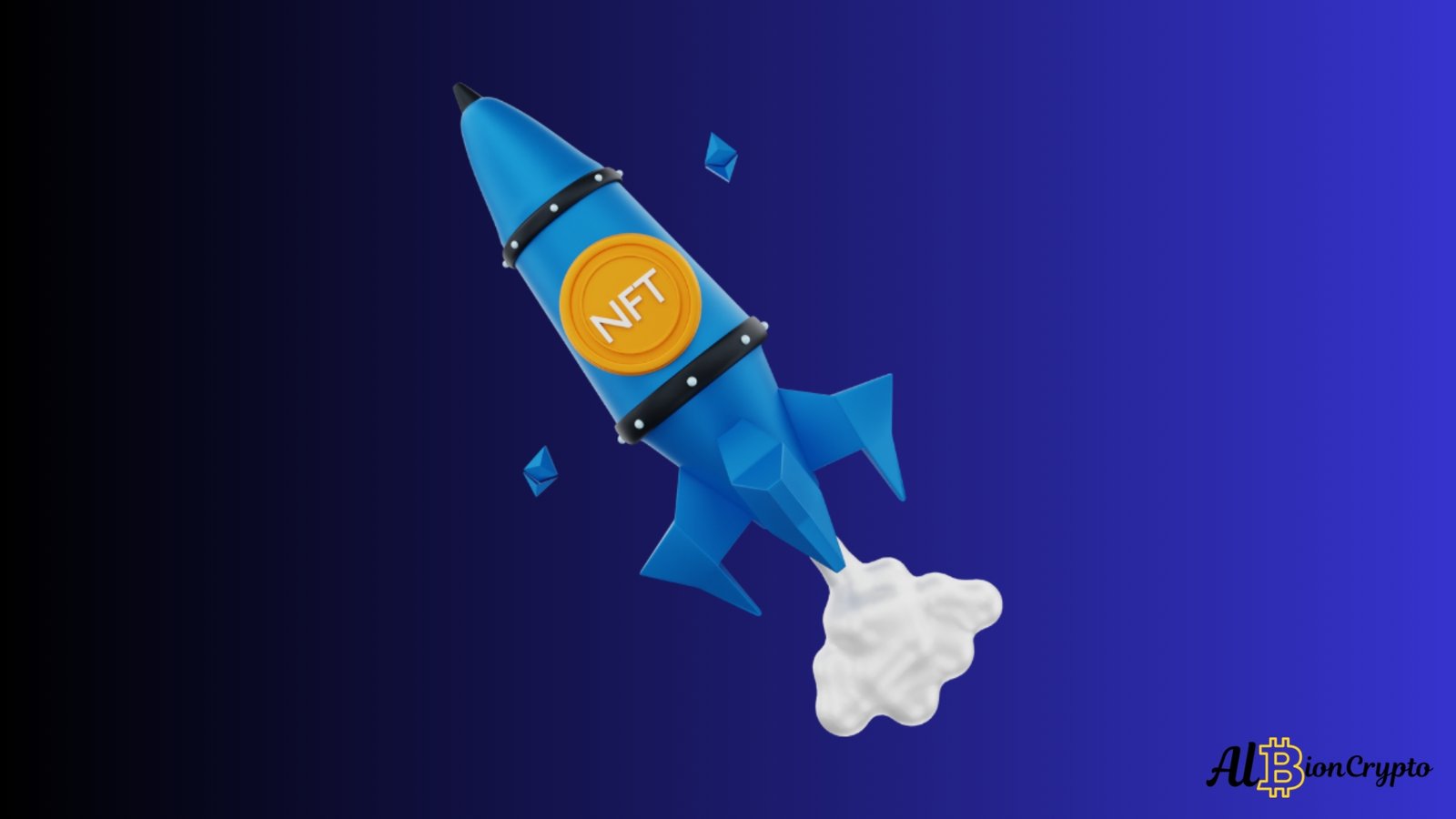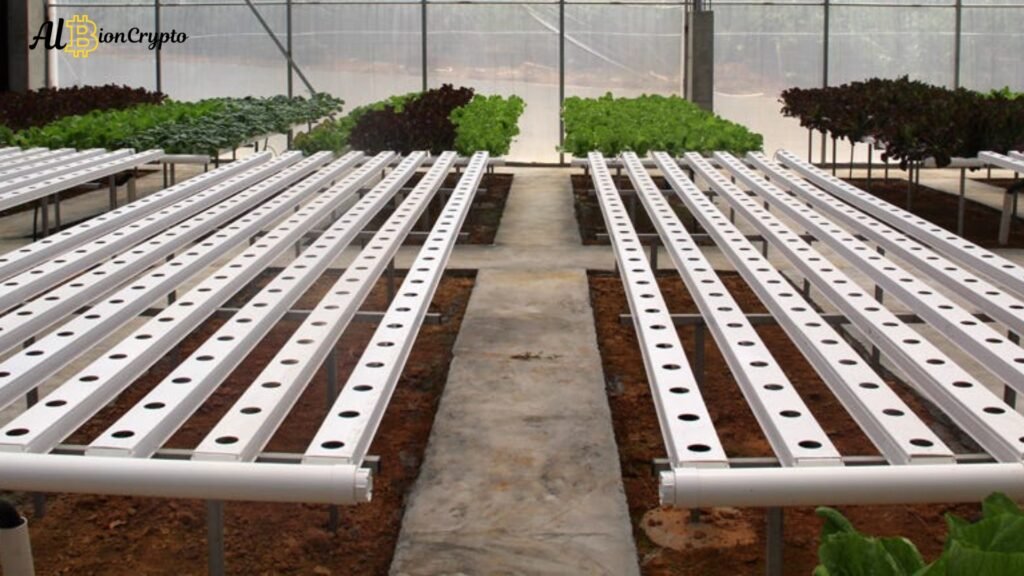Hydroponic NFTs: The world of agriculture is transforming. The marriage of hydroponics, a method of growing plants without soil, and NFTs (Non-Fungible Tokens), a digital asset revolutionizing ownership, is pushing the boundaries of modern farming and blockchain technology. This novel combination, “Hydroponic NFTs,” promises to reshape the agricultural landscape and the digital marketplace.
Hydroponics: Farming for the Future
Hydroponics is a method of growing plants without the need for traditional soil. Instead, plants are cultivated in a nutrient-rich solution, often combined with an inert medium such as coconut coir or perlite. The roots are directly exposed to water and nutrients, allowing precise control over the growing environment. This highly efficient method enables faster plant growth, higher yields, and lower water consumption than conventional farming techniques.
The pressure on traditional agricultural systems is intensifying, and the global population is expected to surpass 9 billion by 2050. Climate change, water scarcity, and urbanization pose additional challenges. Hydroponics, which maximizes space and resources, is a key technology in addressing food security and sustainability issues. Vertical farming, a subset of hydroponics, takes this concept further by growing plants in vertically stacked layers, often within urban environments, reducing the need for long-distance transportation and minimizing the carbon footprint.
NFTs: A Digital Revolution
Non-fungible tokens (NFTs) have been at the forefront of blockchain technology, transforming the concept of digital ownership. Unlike cryptocurrencies such as Bitcoin or Ethereum, which are fungible and can be exchanged one-to-one, NFTs are unique digital assets. They are stored on a decentralized and secure blockchain and can represent various items, from digital art to music, real estate, and even intellectual property.
The appeal of NFTs lies in their uniqueness and verifiable ownership. Each NFT is distinct and cannot be replicated, making it an ideal way to tokenize rare or exclusive items. Artists, musicians, and content creators have embraced NFTs as a new way to monetize their work, offering collectors a chance to own a piece of digital history. NFTs can be bought, sold, and traded on various online marketplaces, often using cryptocurrency as the medium of exchange.
The Convergence: Hydroponic NFTs
The intersection of hydroponics and NFTs creates an exciting opportunity to merge digital assets with real-world farming. Hydroponic NFTs represent a new way to invest in and support sustainable agriculture while participating in the digital economy. But what exactly are Hydroponic NFTs, and how do they work?
In essence, Hydroponic NFTs are digital tokens that are linked to real-world hydroponic plants or farms. Each NFT could represent a specific plant, crop, or vertical farm. The buyer gains ownership or partial ownership of the associated plant or farm by purchasing a Hydroponic NFT. This ownership can be purely digital, where the NFT acts as a collectible or investment, or it can grant the holder real-world benefits, such as a share of the crop yield or profit from the sale of produce.
For instance, a hydroponic farm might mint a collection of NFTs, with each token corresponding to a different plant in their system. Buyers of these NFTs could receive updates on the growth and health of their plant, photos, and even a portion of the harvested produce delivered to their door. The NFT owner could also sell or trade their token on a secondary market, allowing for liquidity and investment opportunities within the farming ecosystem.
This model provides farmers with a new funding source and creates a unique way for individuals to engage with and support sustainable agriculture. Investors can participate in the success of hydroponic farms, and consumers can enjoy the fruits (literally) of their digital assets.
Benefits of Hydroponic NFTs
Introducing hydroponic NFTs benefits the agricultural sector and the blockchain space.
- Sustainability and Food Security: Hydroponics is a more sustainable farming method, using significantly less water than traditional agriculture. Individuals can directly contribute to sustainable food production practices that address global food security issues by supporting hydroponic farms through NFTs.
- New Investment Opportunities: Hydroponic NFTs open up a new investment avenue for people interested in agriculture and blockchain technology. Unlike conventional agricultural investments, Hydroponic NFTs can be fractionalized, allowing smaller-scale investors to participate.
- Direct Consumer Engagement: Hydroponic NFT holders can have a more personal connection with their investments, as they can monitor the progress of their plants in real-time, receive produce, or even visit farms. This fosters a deeper connection between consumers and the food they consume.
- Transparency and Trust: Blockchain technology offers an unparalleled level of transparency. NFT holders can trace the origin of their crops, verify the farming methods used, and ensure that their investment contributes to environmentally friendly practices.
- Global Marketplace: The NFT space operates worldwide, allowing hydroponic farms to attract investment and customers worldwide. This can help smaller farms expand and innovate without the need for traditional capital-raising methods.
Challenges and Considerations
Despite the potential, the combination of hydroponics and NFTs is challenging.
- Volatility of the NFT Market: The NFT market is known for its volatility, with the value of tokens fluctuating significantly over short periods. For Hydroponic NFTs to be a stable investment, there needs to be a focus on long-term value creation rather than short-term speculation.
- Regulation and Legal Frameworks: As with many areas of blockchain technology, the legal landscape for NFTs is still evolving. Introducing real-world assets like plants or farms into the digital realm raises questions about ownership rights, taxation, and regulation. Ensuring compliance with local laws will be essential for the success of Hydroponic NFTs.
- Technological Barriers: While blockchain technology is advancing rapidly, there are still barriers to widespread adoption. The cost and complexity of minting and managing NFTs may be prohibitive for some farmers, especially small-scale operations. Additionally, integrating real-world farming data with blockchain platforms requires sophisticated IoT (Internet of Things) systems that may not be readily available in all regions.
- Environmental Concerns: Although hydroponics is an eco-friendly farming method, blockchain technology, particularly NFTs, has faced criticism for its energy consumption. Many blockchain networks rely on energy-intensive proof-of-work systems. However, transitioning to more energy-efficient models like proof-of-stake could mitigate this issue.
The Future of Hydroponic NFTs
As both hydroponics and NFTs continue to evolve, the potential for synergy between the two is immense. Hydroponic NFTs could be a blueprint for future collaborations between agriculture and blockchain technology. This model could include other sustainable farming practices, such as aquaponics or organic farming, creating a broader ecosystem of digital assets linked to real-world environmental solutions.
In the coming years, we may see the rise of decentralised farming cooperatives, where individuals worldwide can invest in, support, and benefit from innovative agricultural practices. Hydroponic NFTs represent a step toward a future where technology, sustainability, and the digital economy are intertwined, offering new ways to grow, invest, and consume.
Conclusion
Hydroponic NFTs are a fascinating fusion of agriculture and blockchain technology, offering a glimpse into the future of farming and investment. While still in its infancy, this concept can revolutionise how we grow food, engage with sustainable practices, and invest in the future. As technology advances and the world seeks solutions to pressing environmental and food security challenges, Hydroponic NFTs could play a pivotal role in shaping the next generation of agriculture.
FAQs
What exactly are Hydroponic NFTs?
Hydroponic NFTs are digital tokens on the blockchain that are linked to real-world hydroponic plants or farms. Each NFT can represent ownership or partial ownership of a specific plant, crop, or vertical farm. Buyers may receive benefits like updates on their plant’s growth, photos, a share of the harvested produce, or profit from sales. The NFT can also be traded on secondary markets, creating both investment and engagement opportunities.
How do Hydroponic NFTs benefit farmers and investors?
For farmers, Hydroponic NFTs provide a new funding source without traditional capital-raising methods, helping even small-scale operations expand and innovate. For investors, they offer fractional investment opportunities in sustainable agriculture, allowing participation at various scales. The global NFT marketplace enables farms to attract worldwide investment and customers, while investors gain exposure to the agricultural sector through a digital asset.
What real-world benefits can Hydroponic NFT holders receive?
NFT holders can enjoy several tangible benefits: real-time monitoring of their plant’s growth and health, regular photo updates, delivery of harvested produce to their door, and potentially a share of profits from crop sales. Some arrangements might even allow holders to visit the farms. This creates a personal connection between consumers and their food source while offering transparency about farming methods.
What are the main challenges facing Hydroponic NFTs?
The key challenges include NFT market volatility, evolving legal frameworks around digital ownership of real-world assets, technological barriers for small farmers in minting and managing NFTs, and the need for sophisticated IoT systems to integrate farming data with blockchain. Additionally, environmental concerns about blockchain energy consumption remain, though transitions to proof-of-stake systems could address this issue.
Why combine hydroponics with NFTs instead of traditional farming methods?
Hydroponics already offers sustainability advantages—using significantly less water, enabling faster growth, higher yields, and efficient use of space through vertical farming. Adding NFTs creates transparency through blockchain tracking, enables fractional ownership for broader participation, provides direct consumer engagement with food production, and opens global investment opportunities. This combination addresses both food security challenges and creates innovative investment vehicles for the digital economy.


